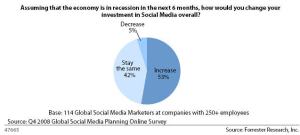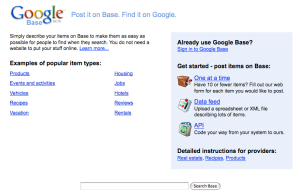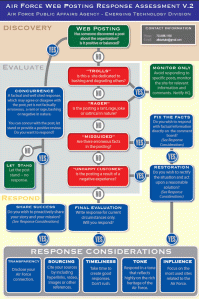Yes, everyone is well aware that we’re in a recession and customers everywhere are looking for a great deal. But relying on that fact alone is the wrong reason to start reducing the price of everything you sell.
Instead, during these lean times it’s best to fatten your offer, according to Judy Kirkland from Echo Point Marketing partners in a Business Management Daily post.
The problem is, she says, is that when you “only focus on price you’re vulnerable to any competitor who undercuts you by a couple dollars.”
When you “fatten your offer” with something extra, you’re giving customers an added reason to buy from you.
Don’t have the money to add anything extra to the sale? No problem. It’s easy to find “extras” in things you’re already doing for your customers.
For example, the Wyndam hotel print ads offering to make sure your favorite snacks and beverages are in your room when you arrive. Since the hotel already stocks mini bars with a variety of snacks, allowing guests to make requests requires little to no extra effort on the hotel’s part.
Or the kitchen remodeling company that offers an added concierge service to help clients clear out their cabinets. The company had been doing it for years until they started positioning the service as an added bonus for signing a contract promptly.
Whatever your product or service is, odds are you can find something “extra” to help fatten the offer.
Think about giving customers added content with their purchase, such as a white paper or tip sheet. And what about offering free customer service for the life of the product?
In what ways does your company “fatten the offer” when selling their product or service? Any ideas to share with the rest of us? Leave a comment and let us know.





